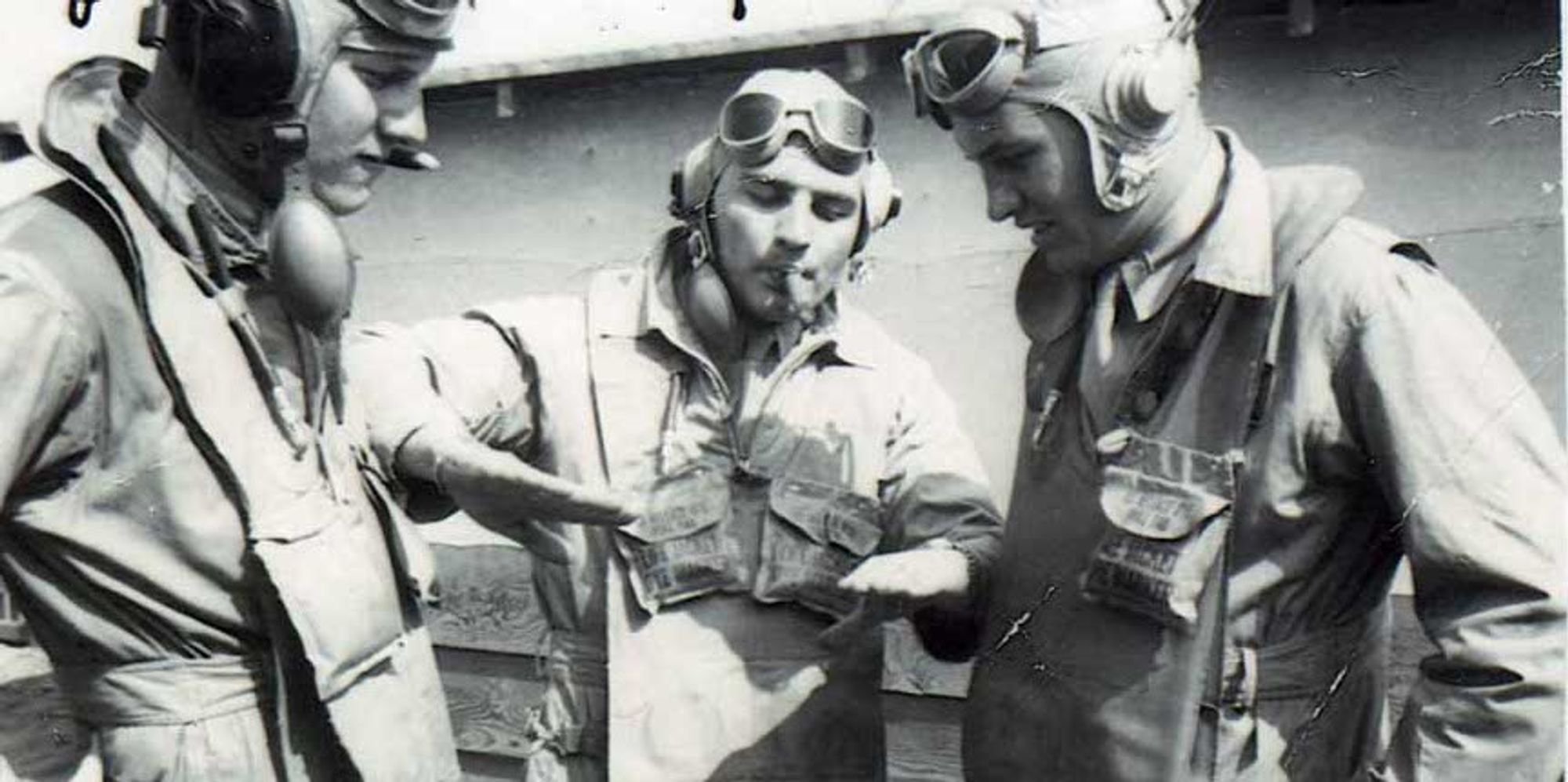High Stakes Stories Carry Meaning that Sticks
Pilots have been telling each other “There I was” stories for over 100 years - “There I was, Mate: dual engine failure over the Sierra Madre’s. And I was inverted.”
The culture of openness and storytelling I absorbed in 30 years of aviation made me a better leader and communicator in all phases of my life (not just aviation).
Learning and practicing these lessons can do the same for you.
Hangar Flying
I’m sure the Wright brothers learned more from sharing stories over dinner than wind tunnel experiments.
This ritual, now called "Hangar Flying", is deeply engrained in aviation and has been critical to the education and survival of all aviators. By drawing from shared experiences, good pilots incorporate lessons learned from others, accelerating their maturity into great pilots. Bad pilots are not around for long.
The price of entry into this community is a willingness to share your own lessons, especially your mistakes.
I can attest that Hangar Flying with experienced pilots who were willing to share openly with me has saved my life more than once. I hope I paid that forward by sharing my own mistakes.
Crew Resource Management (CRM)
This culture of using stories to teach life and death lessons became formalized in the 1970’s in a field of study called Crew Resource Management (CRM).
It was around this time that “Pilot Error” became the leading cause of aircraft incidents. Engineering and production quality had driven down “Mechanical Failures” until the human element was the weak link in the aviation chain. Building practices that avoided or trapped human errors before they manifest as incidents, became an important field of study.
CRM built on the tradition of story telling, but went farther.
CRM studies the psychology, communications, and interpersonal dynamics that affect the performance of crews (applicable to any group of people). By studying the human factors preceding an incident, CRM identifies many universal lessons. Sharing these lessons in the context of incidents/tragedies, often with actual cockpit recordings from a “black box”, made them resonate deeply with pilots.
I often cannot remember what I had for breakfast, but I can remember details from incident case studies from 30 years ago.
Studying the patterns and paradigms that lead to catastrophic loss of life make them stand out when you encounter them in your own life. You don’t have to study and memorize “6 signs of task saturation”, or “3 ways to ensure your teammates do not shut-down.” These concepts become second nature - through stories.
Beyond Aviation
In his excellent book "Black Box Thinking", Matthew Sayed unboxes (ha) the idea that learning from failure drives human progress.
The key here is choosing to study failures until the lessons are clear. The high cost of error in aviation fostered a culture of transparency and learning from mistakes. Other institutions are beginning to adapt this culture for their own contexts, but it is difficult. He contrasts the performance of institutions that adopt a learning culture (aviation, athletics, science) with those that do not (hospitals, justice system).
Spoiler alert: those that adopt a learning culture surpass those that do not in every way.
Application
If people are willing to share their failure stories with others, then those failures (and the lessons they bring) take on a far greater meaning.
Every lesson you learned in your life that you do not share, dies with you. It becomes meaningless.
By sharing, those lessons can live a much greater life - touching people all over the world.
The more we share with, and learn from others, the more we lift everyone.

